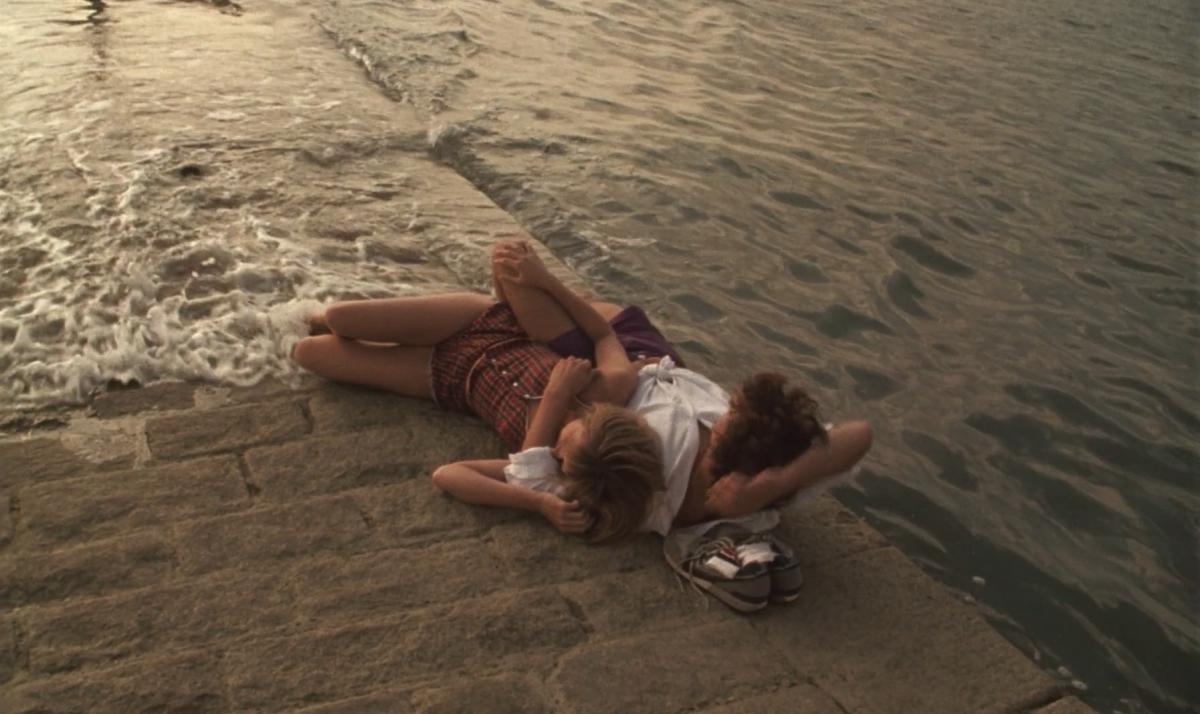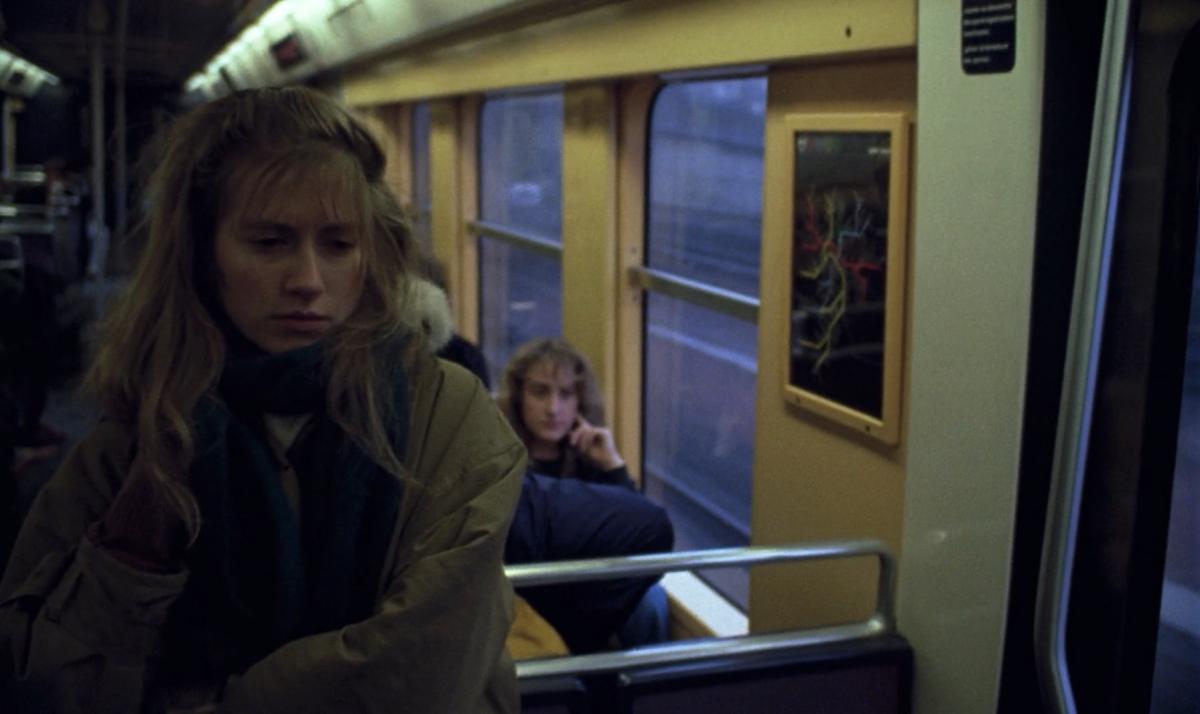Why a Film Has to Be Ugly
A Tale of Winter by Éric Rohmer

A Tale of Winter (1992) is surely the ugliest film Éric Rohmer has ever made. Clichés and carelessness are its two starting points.
The summer idyll that opens the film takes us straight into the abyss of anonymous holiday photo albums: images of joy and happiness that don’t make us think anything; we can only obscenely recognise its symptoms. Happiness as a disease, holidays as a pathology. The film continues in a grey dreary winter, complete with ugly-dressed hairdressers, dull streets, disgusting wallpaper and the hopeless capacity of characters for speaking of happiness in a world you wouldn’t want to share anything about. The director does not film this desolation in an aesthetic manner (as, say, Antonioni does) but in a careless and haphazard manner, like a television crew filming shots of the surroundings. It’s just that, here, the characters themselves are walking around in these shots! Here, the fiction is established in the gaping boredom of not particularly inspiring shots.
A Tale of Winter is a very intelligent, very moving film. The images were made from the endless distance of the other side of the universe; they do not carry the characters but look for them, reach for them without being able to give them anything back. The poor attention of those images alone is enough for the spectator! The director does not wrap his story but leaves it vulnerable on the table among crumpled newsprint. He does not film in a precise and emphatic manner, with razor-sharp concentration, but from a distance, al fresco: the “brush” tied to a very long stick. He applies only very rough strokes and lines; the essence is there in a single line (a single shot), without the pretence of the essential! The film adds nothing to the characters but lets them exist, in themselves, within the frame but also separate from it.
Ugliness, banality and carelessness are the masks behind which Rohmer hides. It allows him to pull off all kinds of tricks that are impossible if you invest too much, reveal too much in beautiful, meaningful images. The best trick is the combination of enchanting magic and gossamer documentary observation. Another trick (one he has performed so very often) is the translation of High Philosophy into pulp literature and vice versa; he moves our everyday worries and illusions into the higher realms of Reflection. This does not entail the elevation of the banal, nor the trivialisation of meditation. It shows a comic homology: look, in this amorous problem I suddenly discover one of Pascal’s theses! This is not positive affirmation but, if anything, a simultaneously laughable and painful confrontation.
On one side of his films are the bodies of actors very naturally playing their roles. Their presence is like a spell: exasperating for their shameless and naive rightness. A gesture, a rhythm, a glance and the whole character is there, played by Charlotte Véry: she annoys you as you annoy yourself on your gloomiest days, but you are also delighted with her transparency, which she achieves for the viewer but not for herself. So much captivating clarity along with so much spontaneous blindness to herself: isn’t that the definition of “Ie naturel”, the ultimate value for the filmmaker Rohmer?
On the other side of his films are the soundtrack and dialogues, which are actually alternating monologues. They are meditations in which “experience” – and not, as in police stories, information – is central. Words and reasoning are placed on the crust of life like mechanical derricks in order to really see the essence, the authenticity of what one feels. This questioning of experience is a very modern trait: it breaks the drive of any decision, making novelistic dynamism impossible and magic necessary.
The beginning and end of the film (the happy summer, the happy reunion) each in its own way belong to the order of the fairy tale. The first time, it is an all-too-everyday fairy tale: the endlessly repeatable holiday romance. The second time, it is a melodramatic coincidence that brings about the most unbelievable thing: after five years, the two yearning lovers “coincidentally” sit opposite each other on a Paris bus. Tears well in your eyes: quietly, without ecstatic shots but with brutal disbelief on their faces, their reconnection takes place. What Doctor Zhivago, with its grand accompaniment of cinematic means, was unable to pull off (see Red Wood Pigeon), works here with minimal ceremony, almost indifferently. And all at once you realise why the film had to be so ugly to end so beautifully.

Images from Conte d’hiver (Eric Rohmer, 1992)
This text originally appeared in Kunst & Cultuur 25, June 1992.
Many thanks to Reinhilde Weyns and Bart Meuleman
With support from LUCA School of Arts, LUCA.breakoutproject

